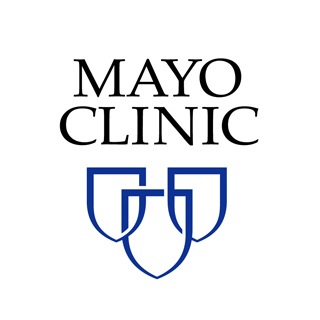
The data from 3,846 colonoscopies were analyzed together at Mayo Clinic in 2008. The factors which are known to influence polyp detection, such as poor bowel preparation and involvement of fellows in training in the procedures were excluded. The investigators simply compared polyp detection rates by daily shifts.
Gregory Munson, M.D., M.P.H., a gastroenterology fellow at Mayo Clinic and study co-author apparently revealed that the polyp can not be completely blamed because some people develop colon cancer even after having colonoscopies. So, the study authors wanted to discover the method to improve the quality of the colonoscopy exam better.
Gregory Munson said, “Some people develop colon cancer even after having colonoscopies. Polyp miss rates are partially to blame, so we want to discover how to make the quality of the colonoscopy exam better.â€
Dr, Munson seemingly claimed that during the study, the Mayo Clinic study authors scheduled the outpatient colonoscopies during three 3 hour shifts each weekday. The morning shift began from 7:30 to 10:30 a.m., the mid-day shift lasted from 10:30 a.m. to 1:30 p.m. and the afternoon shift was conducted from 1:30 to 4:30 p.m. It then appeared to the investigators, that the morning shift polyp detection rate was 39.1 percent, midday was 44.6 percent and afternoon was 38.9 percent. Throughout the day, the average time a colon was examined during scope withdrawal remained constant. The longest average time variation monitored between the shifts was over eight minutes and the shortest was only five seconds.
However, Dr. Francis, M.D., M.H.S., a gastroenterologist at Mayo Clinic and lead investigator claimed, “Our endoscopists usually work only one three-hour shift per day rather than a half or full day of endoscopy. With shorter shifts throughout the day, we don’t see the drop in polyp detection rate later in the day that has previously been reported. Other health care facilities might also want to consider a model that breaks up the day into three-hour shifts.”
Dawn Francis, M.D., M.H.S., revealed that the findings differ from similar studies done at other health care facilities that employed traditional half-day shifts. In fact, the decreases in polyp detection rates later in the day in those studies are attributed to endoscopist fatigue. However, the reason of the polyp detection remaining higher during the mid-day shift is still a mystery to the authors.
The Mayo Clinic study was presented at Digestive Disease Week 2010, the annual meeting of the American Gastroenterological Association.
